
My 10 Bolivia highlights and our itinerary
I had my first contact with Bolivia in the second grade. My primary school teacher at the time travelled to Bolivia and Peru during the summer holidays and took this as an opportunity to introduce us to the culture and landscape of the two South American countries in the form of a thematic focus. This led me to know Lake Titicaca before I became more involved with the Swiss lake landscape. Much of what we went through at school is no longer actively present. Not so, these months that revolved around the culture and land of the Incas. Apparently, I already had a soft spot for travel in the second grade. And so it was clear to me that a detour to Lake Titicaca had to find a place in our itinerary – especially since it is almost a stone’s throw from northern Chile to get there.
For the Bolivia/Peru leg we had 18 travel days at our disposal. This time budget was enough to follow a classic beginner’s route from the border in Villazón to Cusco by public transport and finally add three days in Lima. What I didn’t take into account during the planning was that we dabbed exactly the carnival at the time of the trip and thus experienced some places in a state of emergency. With or without Carnival, Bolivia is a great (and budget-friendly) country to visit! Below I present my ten highlights from ten days in Bolivia.
Bolivia Highlight #1: Wander through the centro histórico of the mining town of Potosi
The mineral resources in Cerro Rico once made Potosi one of the richest cities in the world. Today, magnificent colonial buildings in the historic city centre are still a reminder of these magnificent times. However, the crumbling facades cannot hide the fact that the silver rush is a thing of the past. Although traditional mining is still one of the most important sources of income for the urban population, Cerro Rico is now almost completely exploited. The working conditions on the hollowed-out mountain are precarious and there is an acute danger of collapse. It is hoped that some of the miners will find new jobs in the rapidly growing lithium mining sector in the nearby Salar de Uyuni. Even before we arrived, I decided against a mine tour because of the risk of collapse. In the end, this would have fallen through anyway, because during the carnival days there is neither a museum open in Potosi, nor do tours take place. Even finding an open restaurant was surprisingly challenging. However, I was extremely impressed by this moving story and the fascinating location of the city at 4,000 m above sea level. Well worth a visit!




Bolivia Highlight #2: Get to know Sucre better on a walking tour
Of course, I made a mistake here on the blog when announcing our itinerary and mistakenly named La Paz as the capital of Bolivia. And that’s with a bachelor’s degree in geography. Embarrassing, embarrassing! In the meantime, I know that Sucre holds this position, even if “only” the Supreme Court is located here. Sucre is a city that I immediately fell in love with. The old town with its whitewashed buildings (in Bolivia otherwise unfinished brick buildings dominate the cityscape) is, like Potosi, a UNESCO World Heritage Site. To learn more about the Sucre, we took part in a walking tour with Condortrekkers. The non-profit organization offers a three-hour city tour for 70 Bolivianos per person every day, which includes visiting various sights as well as tasting local products (Chirimoya and Chicha).





Bolivia Highlight #3: Visit a Mercado Central
Whether in Potosi, Sucre or La Paz – there is a “Mercado Central” in every city. Supermarkets, on the other hand, are rare in Bolivia, and the local population prefers to shop at the traditional markets.
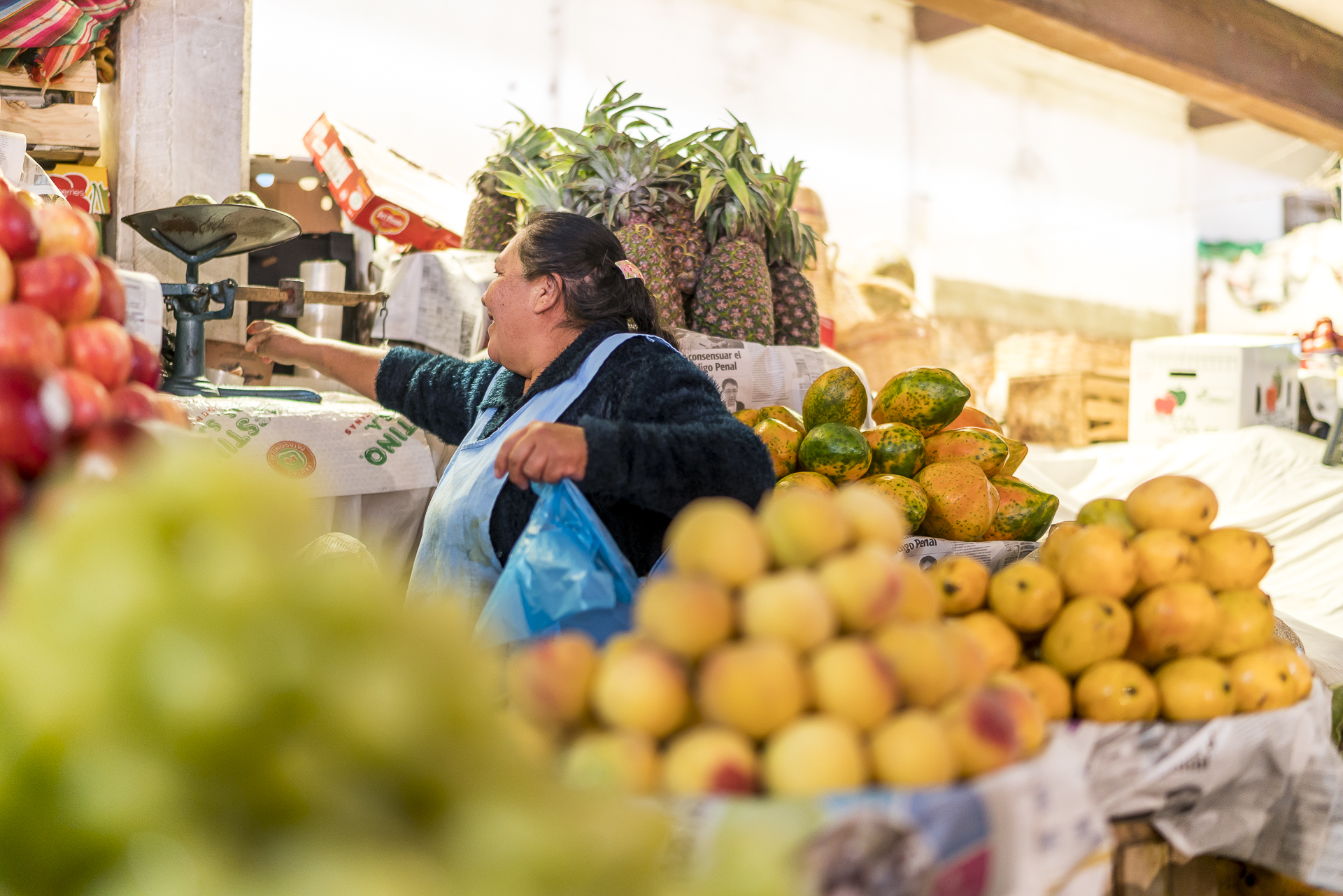
Bolivia Highlight #4: Spend the night in a historic building
After Chile and Argentina, Bolivia seemed dirt cheap to us and is therefore an ideal travel destination to save money. While we paid the equivalent of between 25 and 35 CHF per night for some hotel rooms with private bathrooms, the Mi Pueblo Samary Hotel in Sucre was comparatively expensive at 65 CHF per night. But the beautifully decorated colonial building makes up for it with a fantastic breakfast buffet and historic furniture.


Bolivia Highlight #5: Gondola Ride through La Paz
In contrast to the manageable Sucre, La Paz seems overwhelmingly huge at first. A good approach to the city is provided by the cable car system, which is still under construction. Once completed, it will become the largest urban cable car system in the world. One trip costs 3 bolivianos and currently you have to buy the tickets for all trips individually. From the Estacion Central, it is also worth taking a walk through the center of La Paz. Worth seeing are Calle Jaen (the prettiest alley in the city), Plaza Murillo and the markets between Avenida Illampu and Murillo Street. If your stomach is rumbling along the way, I recommend a trip to the Higher Ground Cafe or the casual Hb Bronze coffee bar.

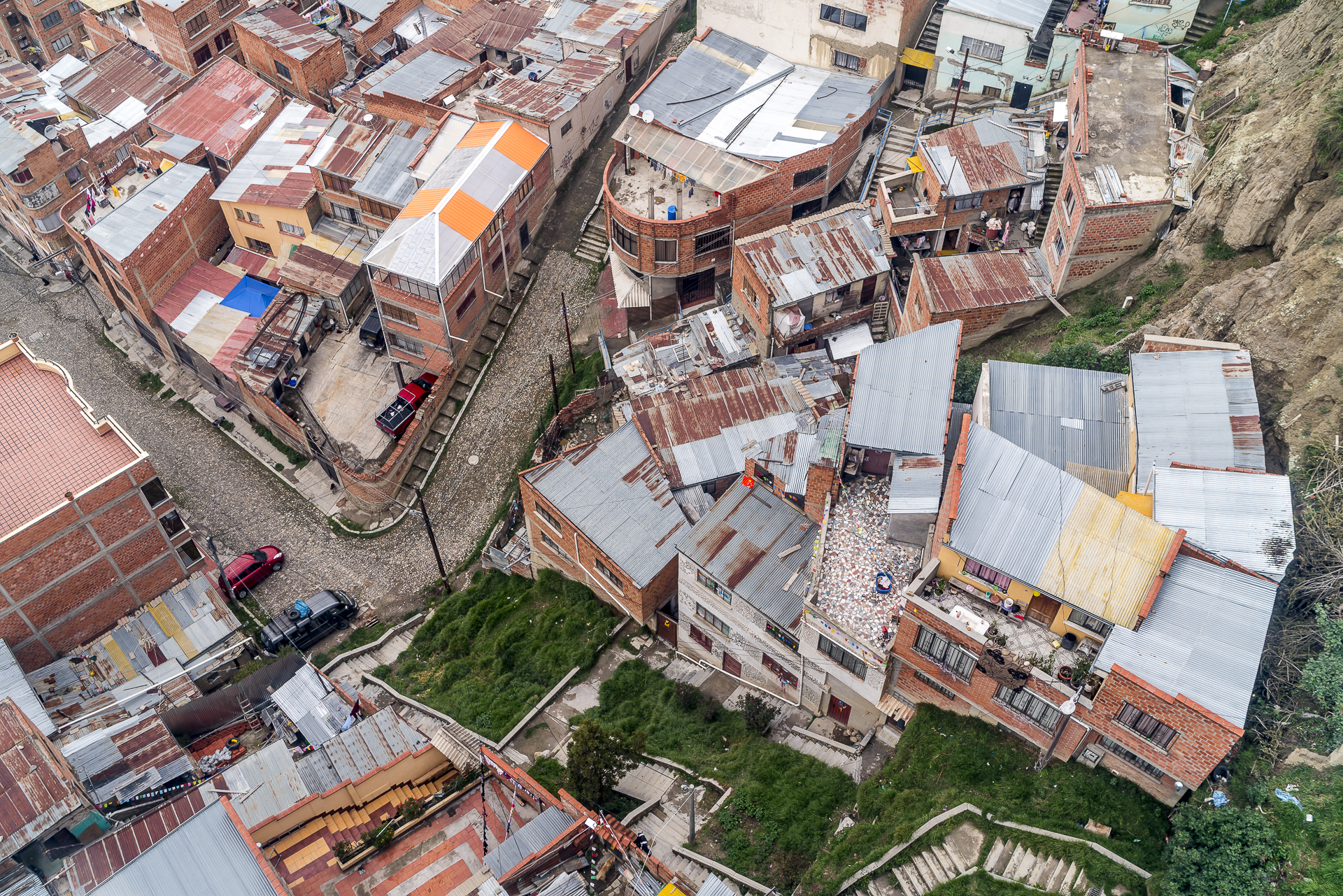
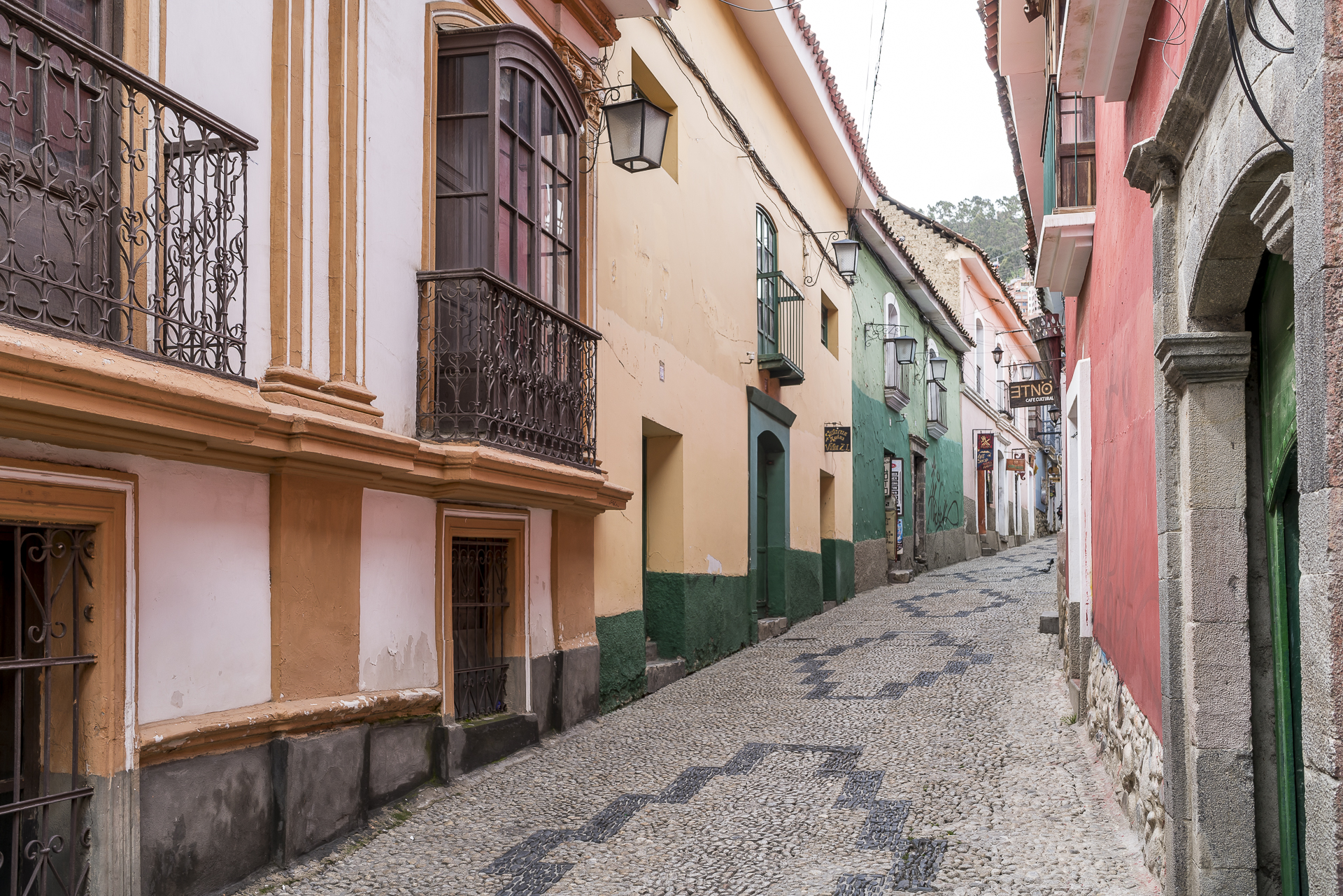

Bolivia Highlight #6: Taste the taste of Bolivia
A special culinary experience is offered by the Gustu restaurant in La Paz. With the five-course tasting menu for 330 Bolivianos, I am already challenged with the first course. There is actually a really big ant nicely draped on my plate. Should I eat them now?! Conclusion: Tastes passable. Noma founder Claus Meyer has a hand in the Gustu and it is therefore not surprising that the restaurant is one of the 50 best in South America. We were convinced by the clear focus on Bolivian products both in the dishes and in the wine. From my point of view, the only thing to complain about is the atmosphere, which resembles a bistro and is sometimes irritating at the expensive prices for Bolivian standards. Important to know: Restaurant Gustu is located in the south of La Paz. The taxi ride from the center takes about 30 minutes and costs around 35 bolivianos each way.

Bolivia Highlight #7: Admire the deep blue Lake Titicaca
While we traveled by public bus for all other stages of our journey in Bolivia, I booked a place in a minivan from the tour operator “Turisbus” for 18 dollars per person for the stage from La Paz to Copacabana. The difference: This trip started right in front of our hotel in La Paz (Hotel Rosario) and included photo stops. And I wouldn’t have wanted to miss the panoramic view over the deep blue shimmering Lake Titicaca.
The bus ride from La Paz to Copacabana is interrupted by a short lake crossing, where passengers and vehicle are transported across the lake in different boats. If you don’t get to enjoy photo stops along the way, you should definitely not miss the view from Cerro Calvario in Copacabana. The ascent in combination with the altitude (4,000 m above sea level) makes you pant heavily, but there is one of the most beautiful views of Copacabana and Lake Titicaca at the top.




Bolivia Highlight #8: Relax in Copacabana
Of all the places we visited in Bolivia, Copacabana was by far the one with the most tourists. We were here in the off-season (rainy season), but compared to Potosi or Tupiza, it was teeming with backpackers. Nevertheless, I liked Copacabana surprisingly much. On the one hand, this is certainly due to the wonderful weather and on the other hand to the privileged location of our hostel. La Cupula stands out with its idiosyncratic architecture and is rightly the first choice of many backpackers and travelers to Bolivia. From a culinary point of view, it is worthwhile to walk straight past the numerous restaurants in the town centre and head straight for the food tents on the beach. Here you can get fresh fish from the lake and it tastes delicious!



Bolivia Highlight #9: Visit Isla del Sol
Tips for Isla del Sol can be found on various blogs. Many describe a worthwhile day hike from the north across the island to the harbour on the south side. Unfortunately, this hike is currently not possible, as the north is closed to visitors due to a local dispute. Accordingly, we first thought back and forth about whether the trip to Isla del Sol was worth it at all. Finally, we booked a half-day tour (70 Bolivianos per person) to the southern part of Isla del Sol with Titicaca Tours. Skeptical at first, we were happy to find out on the island that we had a good 1.5 hours to hike from the Jardin del Inka to the Templo del Sol, where the boat picked us up again. It’s only a short tour, but with a wonderful view over the terraced hillside of Isla del Sol.




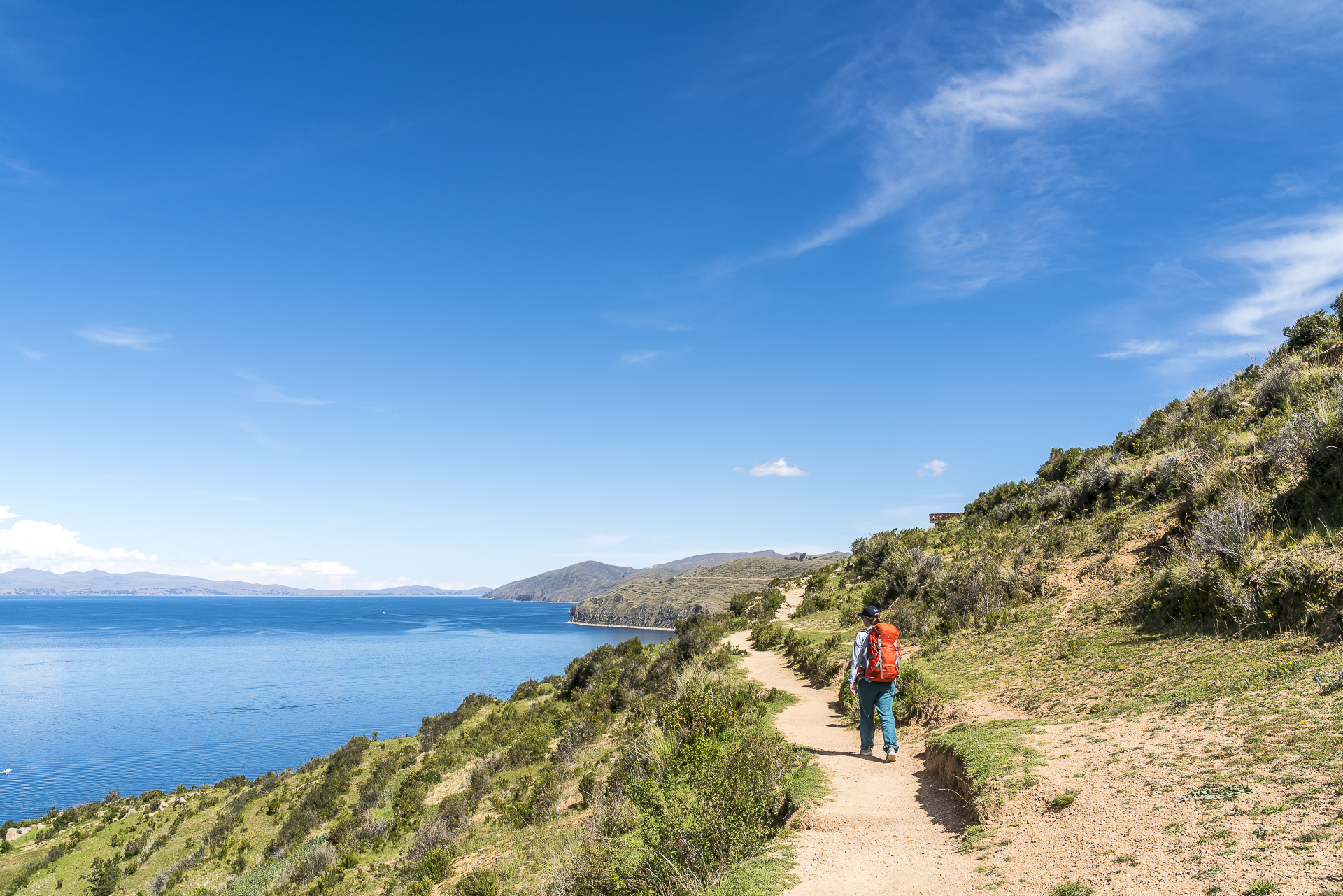
Bolivia Highlight #10: Take a detour to Tupiza
In my 10 highlights, something is missing that you will surely find on every Bolivia itinerary: The tour through the Salar de Uyuni. We decided to explore the lesser-known Puna in northwestern Argentina instead. Nevertheless, I wanted to get an impression of Uyuni and originally planned to travel from Tupiza via Uyuni to Potosi. Due to the carnival and the associated cancelled buses, we finally skipped Uyuni. If you are considering a tour of the Salar de Uyuni, I recommend choosing Tupiza as your starting point. Significantly fewer backpackers get lost here and the range of tours is just as extensive. Tupiza was our first stop in Bolivia and we were totally impressed at the hostel Butch Cassidy (22 CHF for a double room with bathroom) from the fast internet (Argentina was a disaster in this regard).
Practical tips for your trip through Bolivia
- There are regular buses between Tupiza – Potosi – Sucre – La Paz – Copacabana and tickets can usually be purchased relatively spontaneously.
- In addition to the bus ticket, you will be asked to pay a fee for the use of the bus terminal (usually one to two bolivianos per person).
- Tickets for various routes can be purchased online via the TicketsBolivia page. We did this for the night bus connection from Sucre to La Paz, among other things. The system does not currently include seat reservations. Therefore, you must always consult the respective counters of the bus operator at the bus station with the printed online ticket and exchange it for a “real” boleto including seat reservation. Worked everywhere without any problems.
- We used taxis for the trips from the bus station to the hotels, as the cost is low at 5 to 20 bolivianos per trip. Important: Arrange the taxi price before the trip. It should be noted that the price in Bolivia depends on the number of passengers (the more passengers, the more expensive).
- All the highlights presented in the blog post are located at altitudes between 2,800 and 4,000 metres in altitude. Take enough time for a good acclimatization (primarily for Potosi and Copacabana).
- When planning my trip, I was inspired by the Bolivia blog posts of “Along dusty roadss”.
- For up-to-date information, I recommend taking a look at Tripadvisor – thanks to the comments there, we realized that the north of Isla del Sol is closed to tourists.




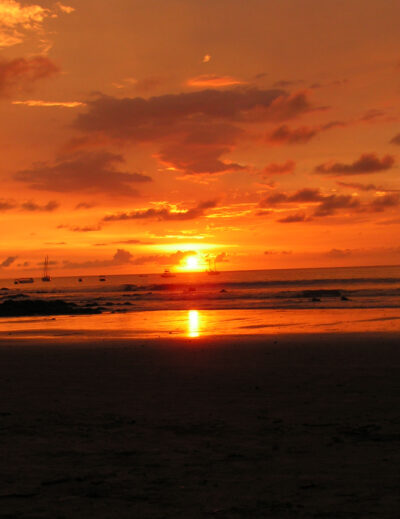
Leave a Reply